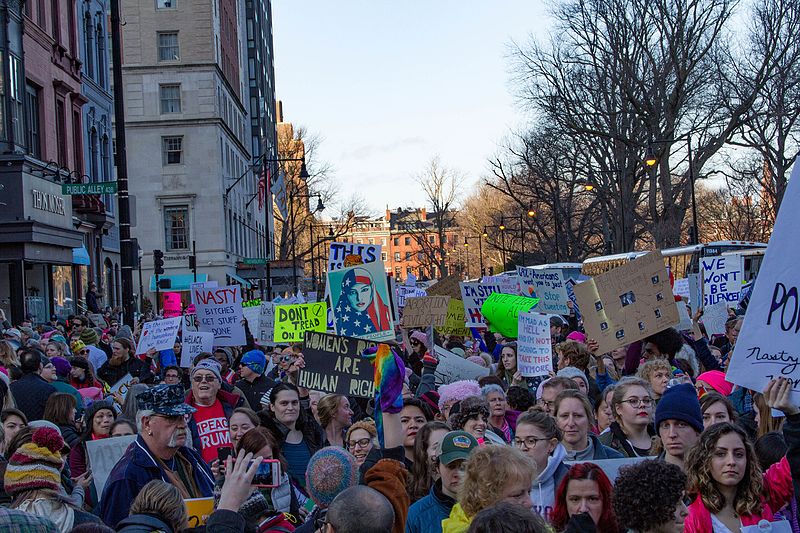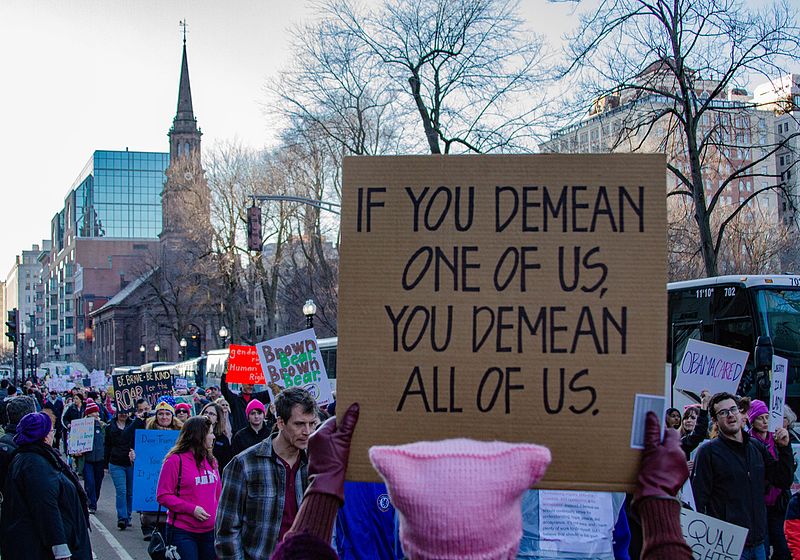I’ve mentioned in previous blog posts the difficulty in studying history when original sources do not exist. Documents and art that were destroyed in war or by natural disaster cannot be recreated. But how will the resources we are now creating hold up for future historians?
Years ago I read a time-travel novel about a character from a couple of hundred years in the future. In that fictional future, digital sources did not survive, but instead degraded and became useless within a couple of decades. Paper survived, but there was a big cultural blank spot in regards to music, radio, movies and television.
Social media wasn’t addressed because that book was written before it became such a big thing. Even if the sheer volume of social media posts remain, will future historians be able to correctly understand our cultural shorthand? I wouldn’t even venture a guess as to how much of my Twitter feed could be understood without a day-to-day immersion in these events.
Will future historians be able to access all the digital noise that exists right now? Will they feel it’s worth the effort to wade through the billions (trillions? kazillions?) of words and images available? If we considered the needs of future historians, what would we save?
I saw an article today in The Chronicle of Higher Education called “In Discarded Women’s March Signs, Professors Saw a Chance to Save History” by Fernanda Zamudio-Suarez. After the Women’s March for America in Boston on Saturday, January 21, 2017, a variety of signs were left by a fence for disposal. A design professor at Northeastern University, Nathan Felde, saw them and was struck by the idea that they needed to be saved.
Felde rented a van and a 40-square-foot storage unit and filled the unit with more than 1,000 handmade, heartfelt signs that capture a variety of ideas important to those who created those signs and marched that day. With the help of Northeastern University’s library, these signs, representing a moment in our history, will be archived physically and digitally. Some of those signs will probably need some explanation in the future.
We live in interesting times. Not only do I want to see how this project looks at completion, but I also would love to know what historians one hundred or two hundred years from now will think about these archived bits of our culture.


